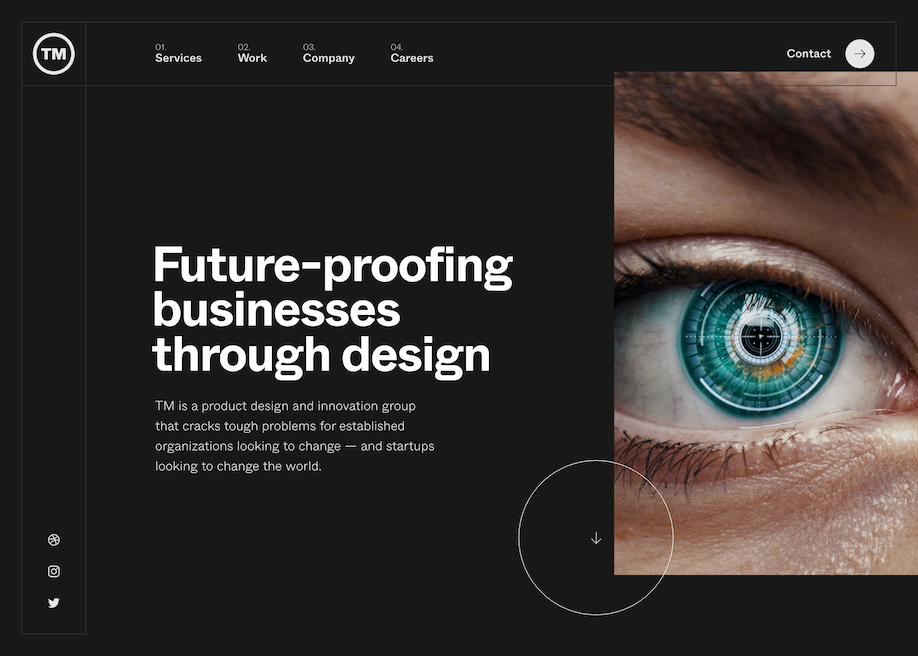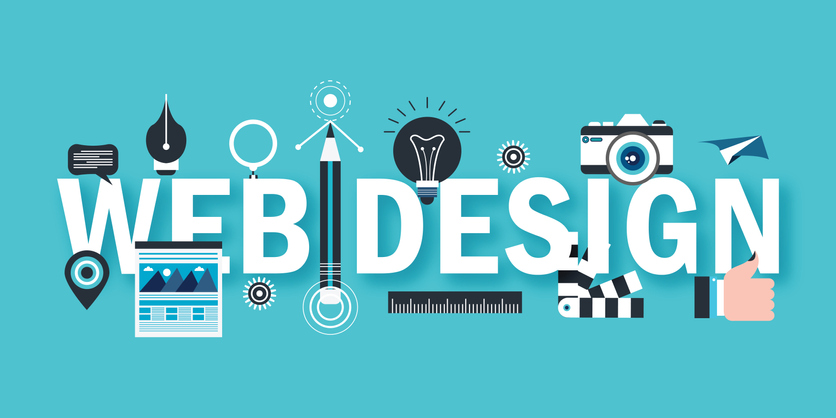The Comprehensive Overview to Crafting Aesthetically Appealing and Functional Website Design That Fulfills User Needs
In today's electronic landscape, the importance of crafting website design that are both useful and visually attractive can not be overemphasized. By prioritizing user-centered style principles, developers can produce experiences that not only draw in but also retain individual rate of interest. Trick visual components such as placement, contrast, and balance play a vital duty in this process, while the necessity of receptive layout makes sure ease of access across numerous tools. The journey does not finish with first design; recurring testing and version are vital for refinement. What techniques can one employ to properly balance these parts?
Recognizing User-Centered Design
At the heart of reliable internet design lies the principle of user-centered design, a viewpoint that focuses on the demands, choices, and habits of users throughout the development process. This approach includes detailed study to understand the target market, ensuring that the last product resonates with its designated users. By incorporating customer responses at every phase, designers can produce user interfaces that are not just aesthetically appealing however also functional and user-friendly.
User-centered design stresses compassion, needing designers to enter the users' footwear and consider their perspectives. Methods such as individual identities, journey mapping, and usability screening are utilized to recognize pain factors and chances for improvement. This iterative procedure permits continuous refinement, as designers adjust to developing individual requirements and technical developments.
Including user-centered layout brings about raised user complete satisfaction and engagement, inevitably leading to higher conversion prices and brand commitment. It promotes a joint environment where stakeholders, consisting of developers, developers, and customers, interact to attain a common vision. By placing users at the center of the style procedure, organizations can create web sites that not only meet business goals however also supply meaningful and fulfilling experiences for customers.
Secret Concepts of Visual Design
Efficient aesthetic design works as the foundation for creating engaging and easy to use websites. It incorporates several key concepts that lead designers in crafting aesthetically pleasing and practical interfaces.
First, balance plays a vital duty in accomplishing aesthetic harmony. Developers must disperse components equally throughout the format to prevent overwhelming users. This can be accomplished through asymmetrical or in proportion style strategies.
Following, comparison enhances readability and draws focus to crucial elements. By utilizing varying sizes, shapes, or colors, developers can produce prime focus that lead users with the content.
Additionally, positioning is necessary for organizing info. Regular placement of message and photos fosters a clean design, improving general navigating and customer experience.
Distance likewise adds to visual clarity. Grouping relevant items with each other help customers in recognizing the partnership between various components, making the user interface much more user-friendly.
Lastly, uniformity in style elements, such as typefaces, styles, and colors, enhances brand name identity and assists individuals browse the website a lot more effortlessly. By incorporating these crucial concepts of visual design, web developers can create user interfaces that are not only aesthetically appealing yet user-centered and additionally functional.
Relevance of Responsive Layout
Responsive style is an important element of modern-day internet development, making certain that web sites function seamlessly across a range of devices and screen dimensions. As the web landscape develops, the variety of devicesâEUR" ranging from mobile phones to tablets and desktop computer computersâEUR" requires a design strategy that suits all users.
Executing responsive design permits a versatile design that immediately adapts based on the user's screen dimensions. This flexibility not just improves accessibility however likewise improves functionality, as users can browse and connect with the site effortlessly, regardless of their gadget.

In addition, responsive style lowers the need for keeping numerous variations of a site, simplifying updates and material administration. This efficiency equates into price financial savings and a much more cohesive brand experience across systems.
Enhancing Customer Experience
Individual find more info experience (UX) is a critical component of web design, affecting just how site visitors interact with a website and view its value. A well-crafted UX makes certain that individuals can navigate without effort, locate info conveniently, and achieve their goals efficiently. The style should consider the customer's trip, from the moment they land on the site to the conclusion of their desired action, whether that be buying, registering for an e-newsletter, or accessing details.
Secret elements that enhance UX include clear navigation, responsive layouts, and interesting visual material. Uniformity in style elements such as buttons, fonts, and colors promotes familiarity, making the website really feel natural. Additionally, maximizing tons times is crucial; individuals are less most likely to stay on a site that is slow-moving to react.

Examining and Iterating Designs
Evaluating and repeating designs are basic processes that follow the preliminary Find Out More development of a site, making certain that the individual experience stays at the forefront of any type of changes. These stages entail collecting individual feedback, evaluating design efficiency, and making notified adjustments to boost use and interaction.
Use testing enables developers to observe actual users as they connect with the site, recognizing pain points and areas for improvement. Individual surveys can supply qualitative understandings, catching individual beliefs and preferences.
Continuous version fosters an adaptive layout technique, where the site advances in action to user actions and responses. By devoting to strenuous testing and model, developers can create an internet site that not just meets aesthetic requirements however additionally delivers a enjoyable and smooth customer experience.

Conclusion
Finally, reliable website design requires the assimilation of user-centered principles, key visual layout aspects, and receptive frameworks to produce engaging interfaces. By prioritizing individual needs and executing constant screening and iteration, designers can improve their developments to enhance general contentment. The dedication to these methods not just promotes an aesthetically attractive aesthetic but likewise guarantees performance across varied devices, inevitably adding to a positive user experience and enhanced interaction.
By prioritizing user-centered layout principles, developers can produce experiences that not only draw in however additionally retain customer rate of interest.At the heart of reliable web layout exists the our website concept of user-centered style, a viewpoint that prioritizes the demands, preferences, and behaviors of individuals throughout the advancement procedure. By putting individuals at the leading edge of the style procedure, organizations can develop sites that not only meet organization goals but additionally offer purposeful and fulfilling experiences for customers.
By prioritizing customer requirements and preferences, internet designers can produce experiences that are not only visually appealing however likewise practical, eventually cultivating user satisfaction and loyalty.
User studies can supply qualitative insights, catching individual beliefs and choices.